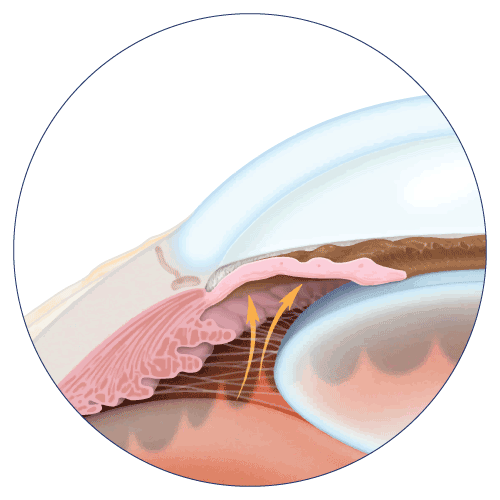| Name | Entacapone |
| Classes |
Central Nervous System Agent Anti-Parkinson Agent |
| Diseases |
CNS Disorder Muscle Stiffness Parkinson's Disease Poor Muscle Control Tremor (Shaking) |
Entacapone
Entacapone is a selective and reversible inhibitor of catechol-O-methyltransferase (COMT). Entacapone's mechanism of action is thought to be through its ability to inhibit COMT and alter the plasma pharmacokinetics of levodopa. When entacapone is combined with levodopa and an aromatic amino acid decarboxylase inhibitor, such as carbidopa, plasma levels of levodopa are higher and more sustained than when levodopa and an aromatic amino acid decarboxylase inhibitor are administered alone. It is thought that at a given frequency of levodopa administration, these more sustained plasma levels of levodopa result in more constant dopaminergic stimulation in the brain, leading to greater effects on Parkinson's disease signs and symptoms.
Comtan (entacapone) is indicated as an adjunct to levodopa/carbidopa to treat patients with idiopathic Parkinson’s Disease who experience the signs and symptoms of end-of-dose “wearing-off”.
- The recommended dose of Entacapone is one 200 mg tablet taken with each levodopa/carbidopa dose up to 8 times per day (200 mg x 8 = 1600 mg per day). There is little clinical experience with daily doses above 1600 mg.
- Entacapone should always be used in conjunction with levodopa/carbidopa. Entacapone does not have an antiparkinsonian effect on its own.
- Reduced daily levodopa doses or longer intervals between doses may be required to optimize an individual patient's response. In clinical trials, the average daily levodopa dose reduction in patients requiring a levodopa dose reduction was about 25%.
Side effects associated with entacapone include-
- choreiform
- dystonic
- involuntary movements
- nausea
- chest pain
- hallucination
- paranoia
- asthenia
- hypotension
- phlebitis
- hypertension
- agranulocytosis
- Dopaminergic therapy has been linked to orthostatic hypotension in Parkinson's disease patients. Entacapone increases levodopa bioavailability, which may increase the occurrence of orthostatic hypotension.
- Dopaminergic therapy has been linked to hallucinations in Parkinson's disease patients.
- Comtan may increase the dopaminergic side effects of levodopa and cause or worsen preexisting dyskinesia.
- Comtan use has been linked to cases of severe rhabdomyolysis. The complexities of these cases make determining what role, if any, Comtan played in their pathogenesis impossible.
- In association with the rapid dose reduction or withdrawal of other dopaminergic drugs, cases of a symptom complex resembling the neuroleptic malignant syndrome characterized by elevated temperature, muscular rigidity, altered consciousness, and elevated CPK have been reported.
Contraindication
- Entacapone is contraindicated in patients with known hypersensitivity to any component of this drug.
- Concomitant administration with non selective monoamine oxidase (MAO) inhibitors are contraindicated.
- Phenelzine
- Isocarboxazid
- Tranylcypromine
None known.
Contraindicated in patients with-
- suspicious, undiagnosed skin lesions or a history of melanoma
- Narrow angle glaucoma
 Bangla
Bangla English
English




